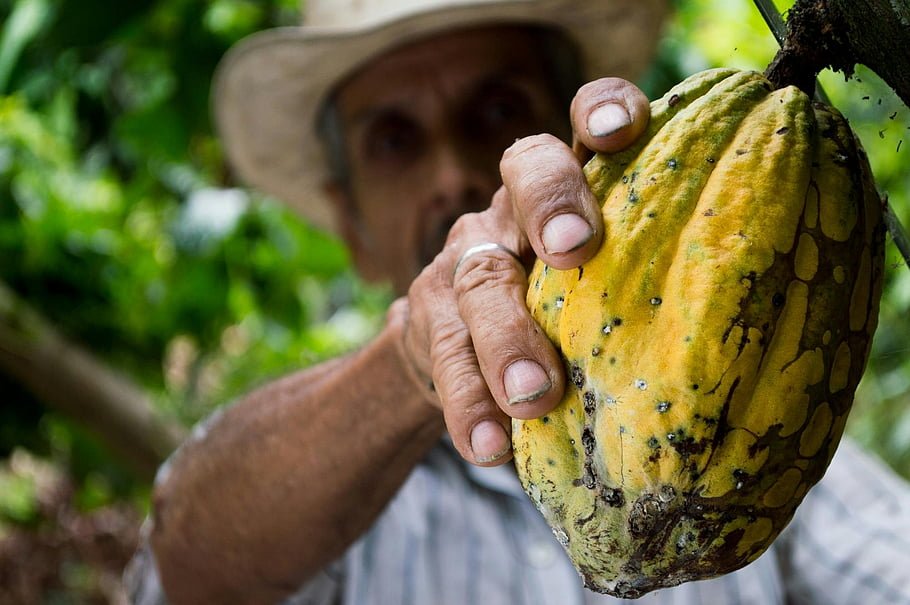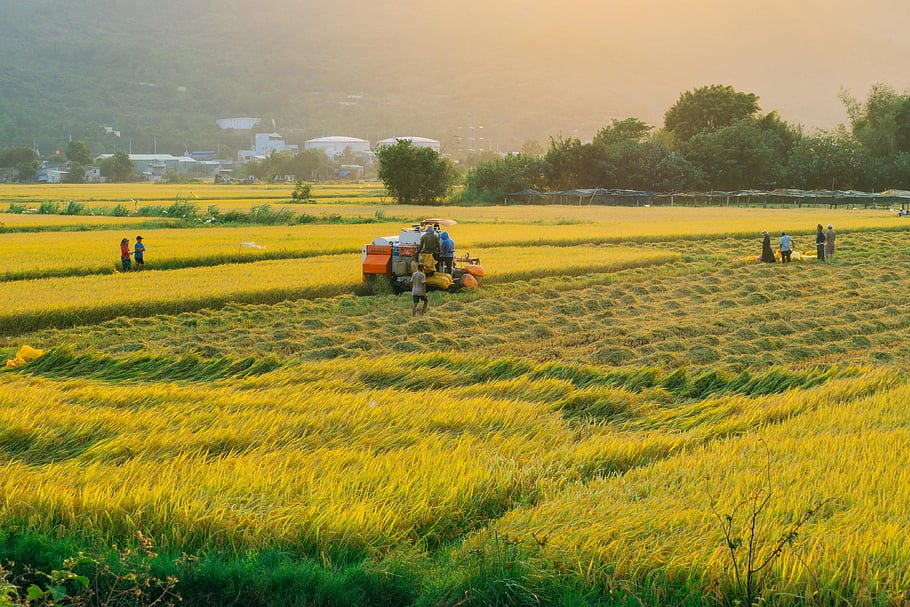The success of crops is not determined by a single factor; rather, it is a complex system that integrates three key factors: genetic potential, external environment, and management practices.

1. Internal Foundation—The potential of the crop itself (genes).
Variety Selection: Different varieties naturally differ in yield, quality, disease resistance, stress tolerance, and growing season. Selecting high-quality varieties suited to local climate and soil conditions is the first step to success.
2. Natural Factors—The Crop Growing Environment.
This is the foundation of crop survival. While large-scale human effort is often difficult to alter, it can be adjusted through management.
Soil Health:
① Fertility: Whether the soil contains sufficient and balanced nitrogen, phosphorus, potassium, and various trace elements. Fertile soil is the foundation of high yields.
② Physical Structure: Whether the soil is porous, breathable, and retains water and nutrients, allowing for successful root growth.
③ Biological Activity: Healthy soil is rich in earthworms and beneficial microorganisms, which decompose organic matter and improve soil structure.
④ pH: Whether the soil is within the pH range suitable for crops. Climate Conditions:
Light: The duration and intensity of sunlight directly impact photosynthesis and are the primary source of crop energy. Temperature: Each crop has its optimal temperature range for growth. Water: Whether rainfall or irrigation is timely and appropriate. Air: The concentration of carbon dioxide in the air affects photosynthetic efficiency; good ventilation reduces the incidence of diseases.
3. Human Management—The Farmer's "Nurturing Skills"
This is the core of high-yield and high-quality modern agriculture. Technology and management are used to optimize and compensate for deficiencies in natural conditions.
① Water and Fertilizer Management:
Scientific Fertilization: Soil testing and formulating fertilizers are conducted based on crop fertilizer requirements, soil fertility, and target yields. Balance the application of organic and chemical fertilizers to avoid over- or under-fertilization.
Rational Irrigation: Based on crop water requirements and soil moisture conditions, water-saving methods such as drip irrigation and sprinkler irrigation are used to achieve "appropriate time and appropriate amount."
② Field Management Techniques:
Land preparation creates a favorable environment for seed germination and root growth. Sowing/planting: Master the appropriate sowing depth, density, and timing. Cultivation and weeding, pest and disease control, pruning and trimming.





